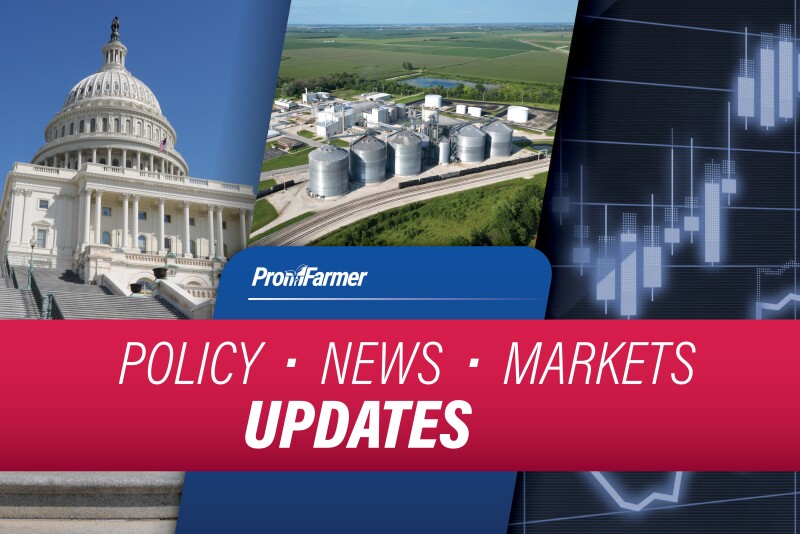New H-2A wage rule seen as step toward fairer farm labor costs (Morning Ag Clips): The U.S. Department of Labor has issued a new rule updating how the Adverse Effect Wage Rate (AEWR) is set for H-2A agricultural guest workers. The change applies to all 50 states and Puerto Rico and is meant to bring more stability to farm labor costs.
The American Farm Bureau Federation (AFBF) welcomed the update, calling it an important step toward much-needed reform. Farm Bureau President Zippy Duvall said the new approach will help farmers keep labor affordable while continuing to supply U.S.-grown food. He stressed that without workable H-2A wages, many farms couldn’t survive.
Labor is one of the biggest expenses on the farm—sometimes nearly half of total costs. Farmers have long argued that rising and unpredictable wage rates make it harder to compete and keep operations sustainable. AFBF and others say the new rule will make wages more predictable and reduce regulatory burdens that threaten to push food production overseas.
Farm groups are also pressing for additional improvements—like making sure housing and other costs are fully factored in, clarifying how impacts on U.S. workers are measured, and giving farmers more certainty from year to year. For now, the latest update is being seen as meaningful progress toward a fairer system for both farmers and their employees.
Trump weighs $10–14 billion farm aid package amid tariff pressures (Wall Street Journal): President Trump is reportedly considering providing $10 billion to $14 billion in aid to U.S. farmers hit hard by recent tariff policies. The idea is to use revenue from tariffs as a funding source, though details are still under discussion.
The squeeze on farmers has been severe: exports—especially soybeans going to China—have plunged. At the same time, input prices for fertilizer, machinery, and other essentials have risen sharply. Some producers are losing roughly $100 per acre on soybeans because of the low commodity prices and rising costs.
Part of the challenge is that a key funding tool, the Commodity Credit Corporation (CCC), has been limited by recent legislation, leaving only ~$4 billion available — far short of what’s needed. That’s why administration officials are eyeing tariff receipts to fill the gap and avoid waiting on Congressional action.
Lawmakers and farm groups are pushing for quicker deployment of aid, especially for soybean, corn, and other commodity farmers. Still, final decisions haven’t been made — the plans are in flux, and the timing could be delayed by the government shutdown or broader budget negotiations.

